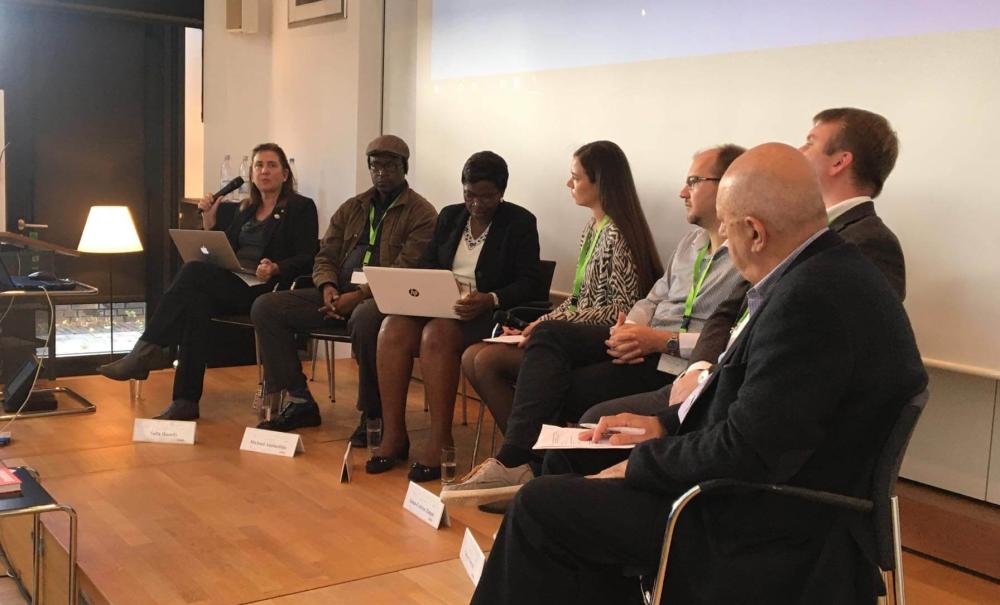
Connecting with the Next Generation of European Journalists and Educators
Associate Dean for Graduate Studies and Research, Naila Hamdy recently participated at the 2019 Teachers’ Conference of the European Journalism Training Association (EJTA) hosted this year by The Erich Brost Institute for International Journalism and the Institute of Journalism at TU Dortmund University, Germany.
The conference aimed at building bridges between journalism educators in Europe and Africa. Core issues addressed at the conference were the exchange of best practices and shortcomings in journalism education, challenges to foreign news coverage, and an intercultural exchange on the coverage of migration in and from Africa and Europe. Collaboration and cross-border activities in the field of international coverage, media research, and journalism education were at the heart of the conference. Hamdy gave a presentation on Journalism Education in the MENA region and shared her experience as a board member of the Arab US Communication Educators AUSACE with the audience who learnt about how the association has connected Journalism educators from the MENA region and the US for over twenty years.
Hamdy was also invited to participate in a workshop for journalism educators from African countries as she is a contributor to the UNESCO Model Curriculum Media & Migration currently being drafted at the Journalism Institute.
The conference was followed by a visit to two of the EJTA member institutes in Belgium, The Artesis Pantijin University in Antwrep and the Thomas Moore University in Michelen where she gave several lectures on Arab media and coverage of the EU connecting with European journalism students and emerging journalists.
Students also interviewed her for their daily radio shows and TV programs on topics ranging from best practices for coverage of migrant issues to combating hate speech against migrants and refugees, and finding the best resources for fact checking.
Hamdy will be exploring faculty and student exchanges with EJTA member universities in the future.